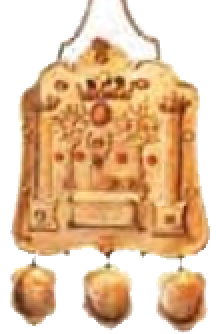Travel Reference
In-Depth Information
Left
Façade detail, Spanish Synagogue
Right
Vaulting, Pinkas Synagogue
Josefov
I
T IS IMPOSSIBLE TO DATE PRECISELY THE JEWS' ARRIVAL IN PRAGUE
, but
historical sources mention the destruction of a Jewish settlement on the
Vltava's left bank in the 13th century. For the next 500 years, Prague's Jews
were obliged to live in a walled community where the Josefov quarter is
today, working, studying and worshipping in the confines of the ghetto. So
restricted was their allotted space that they were obliged to bury their dead
layer upon layer in the Old Jewish Cemetery. When Emperor Josef II removed
these strictures, many Jews left the ghetto, which became a slum occupied
by the city's poorest residents. The quarter was razed in the late 19th
century, making way for avenues such as Pa
∫
í
≈
ská with its fine Art Nouveau
houses. During World War II, the synagogues
stored valuables looted from Jewish communities
across the Reich - nearly 80,000 Czech and Mora-
vian Jews perished in the Holocaust
(see p25)
.
Sights
1
6
Old Jewish Cemetery
Maisel Synagogue
2
7
Old-New Synagogue
Ceremonial Hall
3
8
St Agnes's Convent
Klausen Synagogue
4
9
Jewish Town Hall
Pinkas Synagogue
5
0
High Synagogue
Spanish Synagogue
Torah shield, High Synagogue
≥ech∞v
most
MALÁ
KLÁ◊TERSKÁ
c
≥SA
3
ΩÁS
NOVK A
NÁM∑STÍ
CURIEOV
CH
v
Josefov
Jewish Quarter
v
HA◊TALSKÉ
NÁM∑STÍ
1
0
2
7
≥ERVENÁ
8
5
6
Mánes∞v
most
9
NÁM∑STÍ JANA
PALACHA
MASNÁ
v
v
v
400
200
yards
0
metres
200
400
Much of this area suffered from flooding in 2002 and reconstruction
work may affect some of the sights normally open to visitors.
98
































































